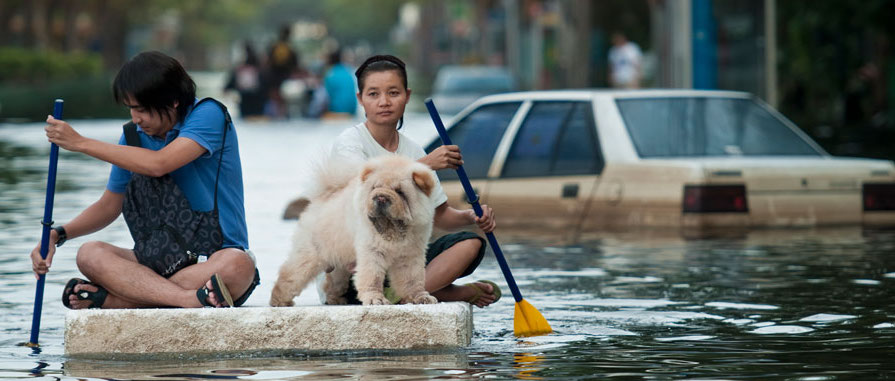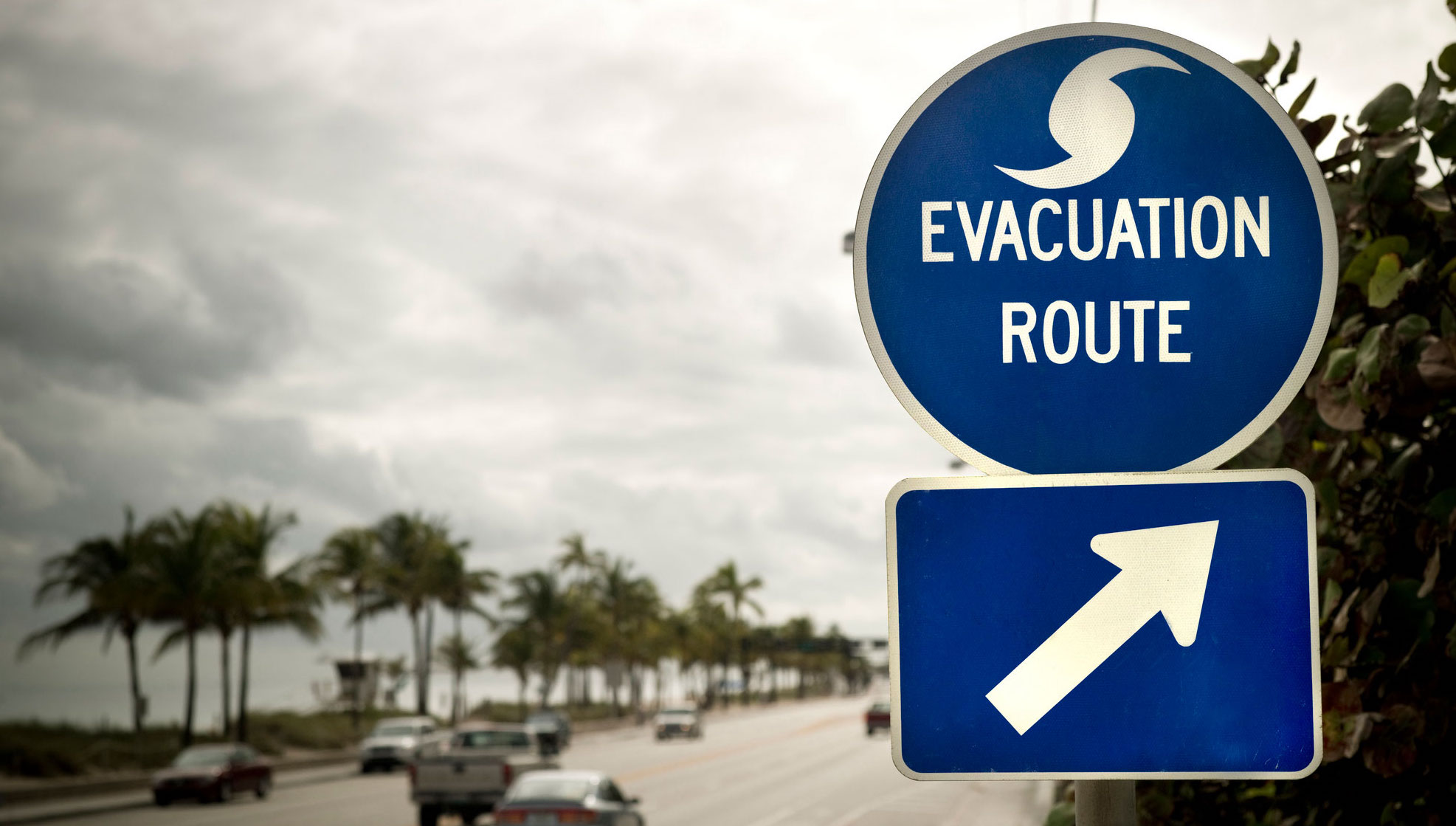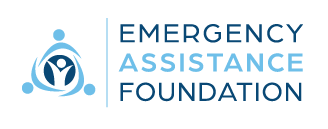
The Most Important Partner Support Services for Third-Party Relief Funds
April 26, 2022
Measuring the Impact of Disaster and Hardship Relief Funds
June 22, 2022May 23, 2022
June is just around the corner, and if you live near a coast in the United States, you know what that means: hurricane season. Hurricane season typically lasts from June until the end of November, and it is important to be fully prepared.
While you can’t control when, where, and how hard a hurricane hits, following hurricane preparation tips and sharing them with your team members will help to minimize damage, and keep everyone as safe as possible. This is crucial now more than ever as tropical storms and hurricanes are occurring at an increased rate due to climate change.
In fact, researchers at Colorado State University have predicted that the 2022 Atlantic hurricane season will have above-normal activity, forecasting that we could potentially see 19 named storms and 9 hurricanes. Another study reports that the chance of any given tropical storm becoming a Category 3 or higher hurricane has increased by 8% every decade since 1979.
Understanding hurricane preparation is also essential because there is higher population density near the coasts of the United States, meaning more individuals are at increased risk of experiencing a hurricane. As of 2010, almost 40% of the American population—about 123 million people—live in Coastal Shoreline Counties, which endure the most direct effects of coastal hazards. For the individuals living in these areas, the first step of preparing for a hurricane is knowing the dangers and risks that they present.
The Dangers of Hurricanes
Hurricanes are one of the most dangerous natural disasters because of the force they can generate and the other issues they can cause, like flooding. Hurricanes start out as tropical storms and are raised to a hurricane after certain criteria are met, specifically the wind speed of the storm.
Because of the intense winds and amounts of rain carried by hurricanes, they pose severe threats to individuals and entire regions. They can decimate entire areas by ripping apart buildings, hurling debris, knocking out power, causing flooding that makes it extremely difficult to get out of the area, and more.
About half of all hurricane-related deaths in the U.S. happen due to the storm surge, which is the sudden rise in water levels from the storm’s winds piling water toward the coast just before and during landfall.
On top of the dangers to people’s health and safety, hurricanes can also cause significant damage financially. In 2005, Hurricane Katrina caused over $172 billion in damage, making it the single costliest natural disaster in United States history. While Katrina still stands as the most devastating hurricane, 3 of the 5 costliest hurricanes in U.S. history occurred in 2017, as Hurricanes Harvey, Irma, and Maria combined to cause nearly $300 billion in damage. This is why hurricane preparedness is critical, as even more tropical storms are in the forecast going forward.

Hurricane Preparation Tips to Share With Team Members
Unlike many other natural disasters, hurricanes usually give you time to prepare as the storm develops and travels. This allows you to figure out the best course of action and make a plan for when the storm hits. Here are some of the most important tips for how to prepare for a hurricane:
- Know Your Risk - The first step of preparing for a hurricane is knowing your risk. Do you live right on the coast where you are prone to the storm surge? Or do you live farther inland where you are still prone to dealing with the wind and water from the hurricane? Is your area at an increased risk of flooding? Figuring out the risks for your location will help you take the appropriate steps to prepare.
- Make an Emergency Plan - After determining your risk, you should make an emergency plan for when a hurricane hits. This involves making both a written plan and an evacuation plan.
- Gather Supplies - After you’ve made your emergency plan, you should assemble a hurricane preparation kit full of disaster supplies. These supplies should be able to last for a minimum of 3 days—whether you are evacuating or sheltering in place—and should be kept in a waterproof container that is easy to access.
- Prepare Your Home - Once you’ve gathered all of the necessary supplies you may need if you evacuate or shelter in place, it’s time to prepare your home. An early step you can take before the threat of a hurricane is to do an insurance checkup to make sure your property is covered in the aftermath of a storm, and to keep all pertinent insurance documents with you.
- Watch for Warnings and Alerts - After taking all of these precautionary steps, you should watch for warnings and alerts in your area. Make sure to watch for alerts on your mobile device through the Emergency Alert System (EAS) and Wireless Emergency Alert (WEA). You can also sign up for community alerts in your area, and pay attention to local news stations to track the hurricane’s progress and know when to evacuate.
While sharing these hurricane preparation tips with your team members will help to keep them, their loved ones, and their property as safe as possible, individuals will still need help recovering from the destruction that is caused. One of the ways to help those in your community during these times when they need it most is to set up a disaster relief fund ahead of time.

How Establishing a Disaster Relief Fund With Emergency Assistance Foundation Will Help Provide Aid
In the aftermath of a natural disaster—like a hurricane—your organization needs to be able to help impacted team members rebuild and recover from the potentially devastating effects of the disaster. A disaster relief fund can boost morale and encourage your internal communities to contribute directly to the support of fellow team members. Establishing a relief fund can alleviate the stress that disasters put on members within your organization and allow them to stay focused on recovering from the event.
If your organization is interested in starting a relief fund, consider establishing a fund with Emergency Assistance Foundation today. As a financial first responder, we are resourceful and fearless in ensuring that financial assistance reaches individuals in need, no matter the unique circumstances involved.
Once you establish a fund, you can also launch an Immediate Response Program (IRP) in the event of a qualified disaster to provide small grants quickly and efficiently. This is a unique, low-cost program, which is supplemental to a fund’s standard grant program and awards small grants (< $1,000) quickly in times of large-scale disasters.
Proactively establishing a relief fund with Emergency Assistance Foundation ensures that your organization is ready to assist any team members that are impacted by hurricanes and other natural disasters, and it can even be life-saving. According to data analyzed for our landmark 10-year relief fund industry report, natural disasters are the number one event included in the grant criteria for funds that are established with Emergency Assistance Foundation.
In fact, 73% of the over 300 relief funds we administer include natural disasters in their grant criteria. The funds’ sponsoring organizations recognize the growing importance of taking care of their team members in the aftermath of a natural disaster. As the threat of hurricanes continues to increase, now is the perfect time to start preparing for how your organization will respond once the next disaster occurs.
After Hurricane Ida devastated the greater New Orleans area, I had to get my family out of there. I was initially not aware of the Relief Fund that was available to those affected, but thank God I learned about it just in the nick of time. We have arrived safely in Texas, and this grant has assisted us with the cost of an extended stay in a hotel and additional necessities such as food and clothing. Though we are heartbroken over the destruction of our home, it is truly humbling to work for a company that takes such good care of their employees. We are so grateful for the generosity you all have shown by donating. This Fund has not only been a blessing for me and my family, but to so many others impacted by this awful storm."
A hurricane devastated my hometown, leaving me without power for a couple of days. I didn't have any money to evacuate due to my recent divorce, so my three kids and I had to stay home and fight through the storm. I had to use my rent money to purchase batteries, battery operated lights, battery operated fans and food. I had to throw away lots of food due to the lack of electricity. When our electricity came back on, I had to use my rent money to replenish the food I has previously lost. This caused me to fall behind on my rental payments. Thanks to this grant I am back on track. This financial assistance has helped me so much - I am so happy and grateful that my employer has assistance like this."
By establishing a fund with us today, your organization can assist members of your team affected by hurricanes and increasing natural disasters. Relief fund grants can help impacted individuals pull through difficult times and start on the path toward recovery. If you’d like to learn more about how your organization can help your team during difficult times, you can review additional information about how a fund works or contact us today. We look forward to helping you make a difference for those who need it most!




